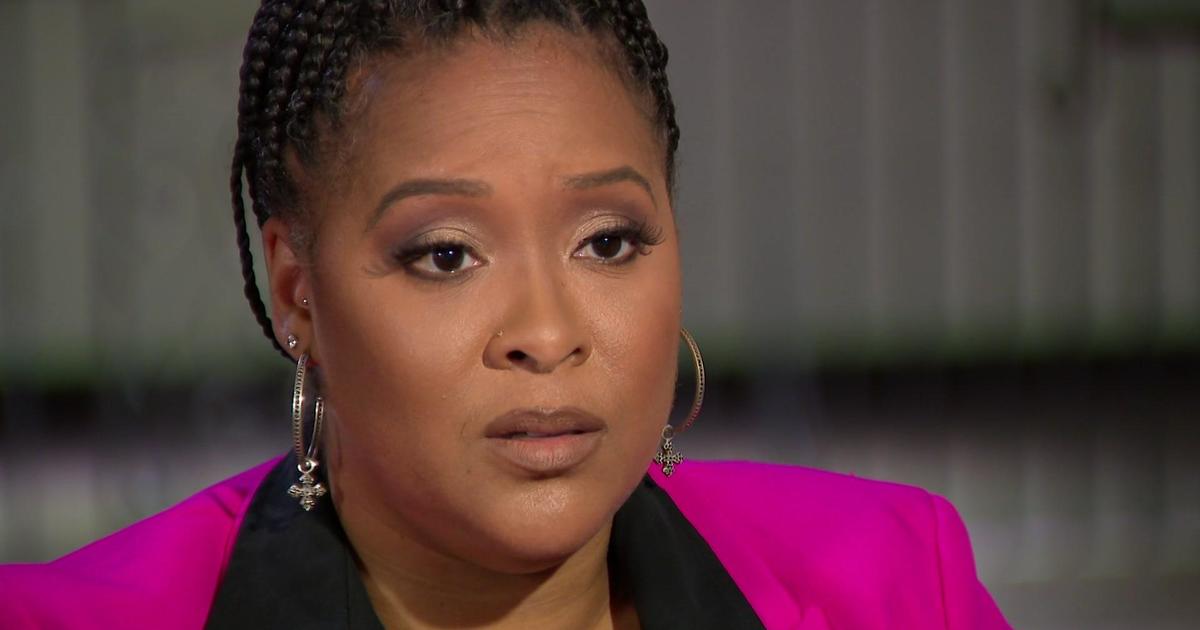How Can We Recognize Misinformation And Media Bias?
MINNEAPOLIS (WCCO) -- This week is National News Literacy Week, an annual event sponsored by the News Literacy Project that helps people better understand what information they consume is credible – and what's not.
With information coming at people through social media, newspapers, television, streaming services, newsfeeds, Youtube and more, an Associated Press poll found almost half of Americans say it's difficult to know if the information they take in is true.
So, how can you tell what's misinformation and bias? Good Question.
"There are ways that you can evaluate information, take control of the information that you see and verify for yourself," says John Silva, senior director of professional learning at News Literacy Project.
Let's start with misinformation, which Silva defines as anything that's false or misleading regardless of whether or not it's intent it to deceive.
"One of the first warning signs of misinformation is emotional manipulation," he says. "Misinformation is trying to manipulate us through our emotions into a believing something is true."
He says people should approach information not with cynicism, but with a healthy dose of skepticism. He says people should then try to verify the information through other sources. He recommends something called "lateral reading" which is a quick internet search to find more information about the topic.
"If you're not finding anything that makes you feel comfortable with that piece of information, I would say – just don't use it," he says.
He says look for fact-checking organizations that you can trust. Do these other sources show their work? Provide their own evidence? Tell you how they made the determination?
He also says a reverse Google image search can be a good tool to help determine if an image is real or not, but that it does have its limitations. He calls it just one tool people should be using because it's not always correct or updated.
As for bias, Silva says that's a far more complicated issue. He calls it information that is trying to influence people and push them towards one particular belief.
"Bias on its own is neither good nor bad," Silva says. "Where bias becomes problematic is there it creeps into areas where we shouldn't see bias or where bias should minimized."
He says there are different types of bias people can look for when taking in information. What kinds of images does the organization use? Does it differ by race or ethnicity? Where are the sources coming from? What types of stories does this organization cover?
"Everyone can look at the same thing and come away with a different perception," says Silva. "The key is to have these definitions and vocabulary and education is important."



